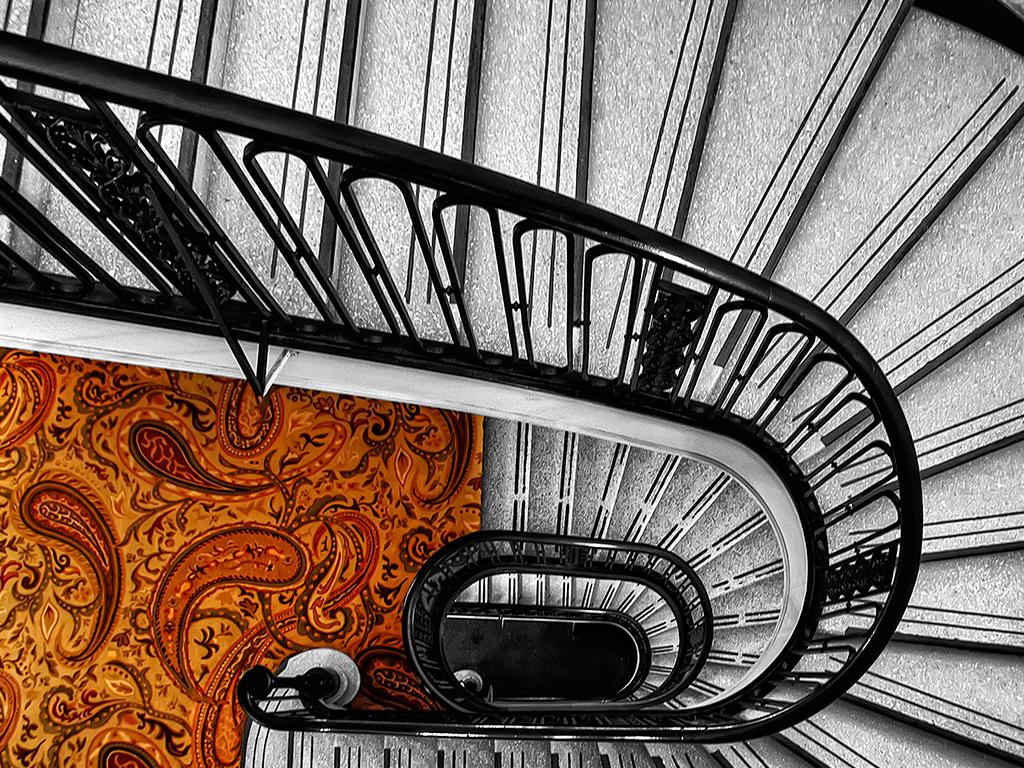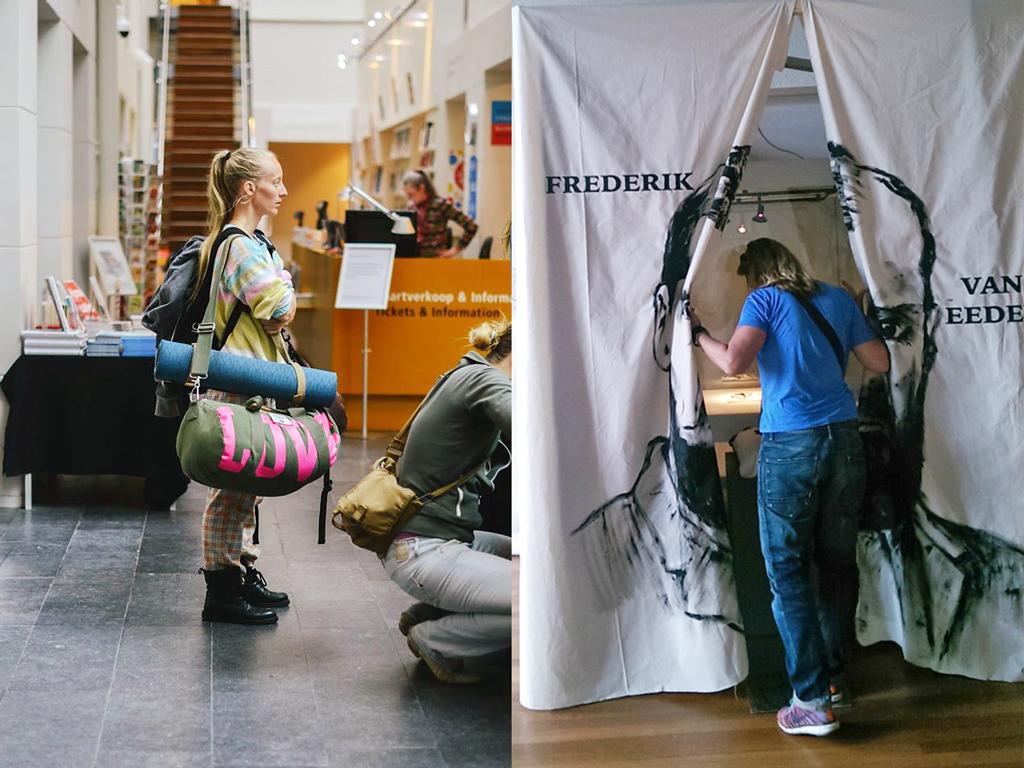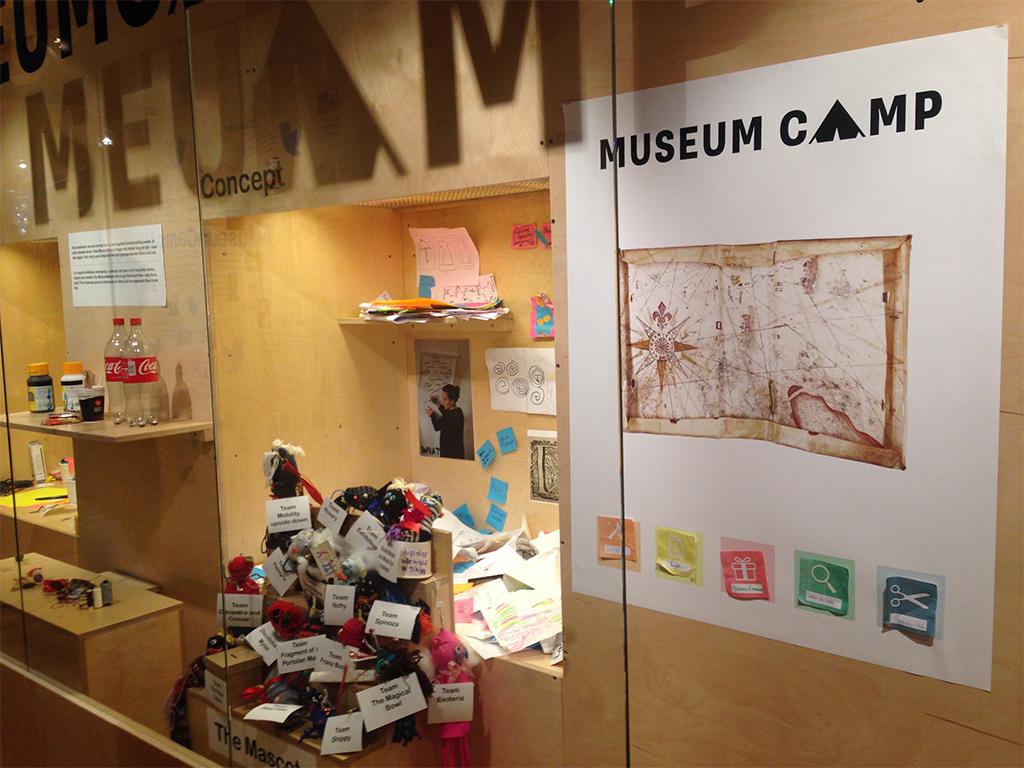On behalf of Waag, I visited Museums and the Web 2015 in Chicago, Illinois in April (in the beautiful Palmer House). At this conference, I presented the meSch project and I had the opportunity to follow the use of technology in the world of heritage.
On the first (pre-conference) day, I participated in two workshops: “How and when to use Linked (Open) Data (LOD)?” and “Customer Journey Mapping: Tools for User-Centred Project Prioritisation.”
The workshop about Linked Data was an interactive presentation explaining what “linked data” means and what role it can play in the future of documentation within museums. I was mainly interested in how Linked Data in museums can bring what normally remains invisible into the light—maybe through an extra layer of content in an interactive object. How could we use this to show the bigger story behind the object?
An example: several museums each have a single page from a historic book. If LOD could bring all the pages of this book together, it would mean that you could flip through its entirety at one place, and not have to visit all the different locations.
The workshop, “Customer Journey Mapping,” was about profiling visitors. How can you investigate the bottle necks within your museum by using personas? It was interesting to see how staff thinks about the visitor flow in their museum. This is exactly what we are doing within meSch: developing a user flow for an online environment, a sort of “authoring tool” that professionals can use to create interactive exhibitions.
Then it was time for the opening of the conference (the pre-conference workshops were for the diehards and early birds). As always at conferences, it was difficult choosing which presentations to attend. There were lots of topics, but I felt the innovative aspect was missing. Most presentations just scratched the surface. Maybe this is understandable, as most visitors were not from design agencies or innovative organisations. But it did illustrate the clash of two worlds for me: technology versus the museums.
It seemed as if technology was a kind of messiah for most visitors. This draws away the attention of what really matters here: the artworks. Mostly, there was a device placed between the visitor and the work of art. Visitors become too focused on these devices instead of on the object. One of the starting points of the meSch project was to avoid just this. It is important that the content you show on a device enriches the object and does not take its place.
How does one implement new media? This is a question that many museums are concerned with. And, there is no simple answer to it. However, it is important to keep the content in the lead. The visitor's attention should not be steered away from the object towards something like an iPad, for example. It is also essential is to make the creation and implementation of new media easier. In general, I think many people at the conference were interested in using new media, but lacked the right counselling when it comes to the implementation. Luckily, there were a number of presentations that came to the aid of the museum professionals on this point.
Another development in the field is the documentation of collections by using high-resolution imagery. At the moment, there is clearly one party that has the most advanced tools: the Google cultural institute. The website provides users with the ability to zoom in on works of art and to discover things that one normally wouldn't be able to see in a museum.
After a few days of presentations, it was time to take the stage myself. During a roundtable discussion, I presented meSch and explained the authoring tool and several interactive meSch prototypes that were developed. There was a lot of interest in the prototype we call the "Loupe," and in the clear metaphor that we used. This Loupe is an augmented reality object that allows visitors to explore objects in a very natural way. The reactions of the visitors were very encouraging. It is certainly worthwhile to develop this idea further, I think.
This project has received funding from the European Union’s Seventh Framework Programme for research, technological development and demonstration under grant agreement no. 600851.


